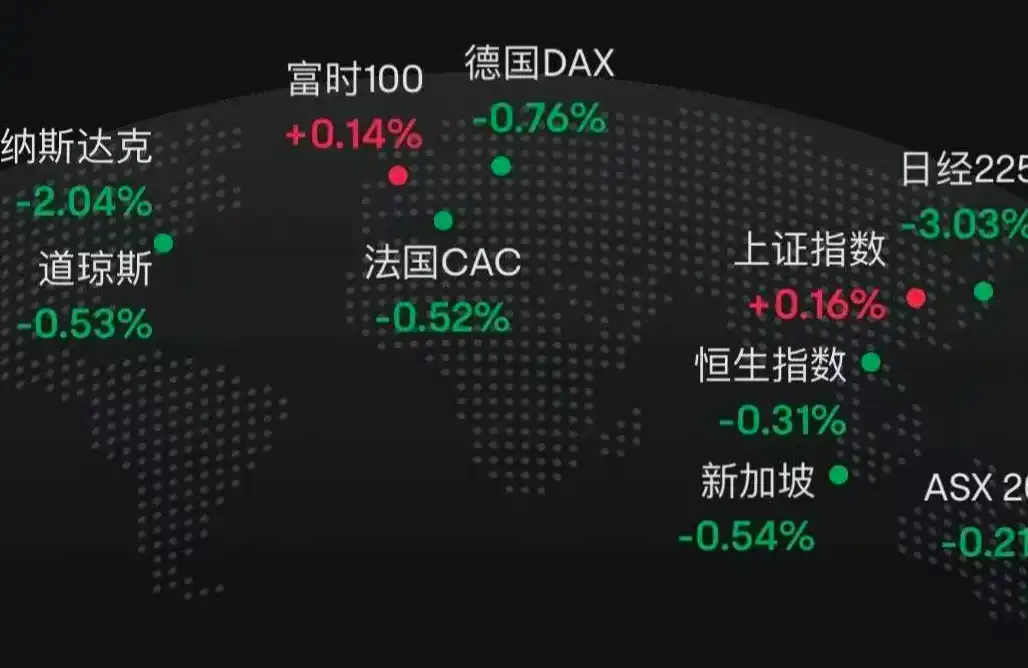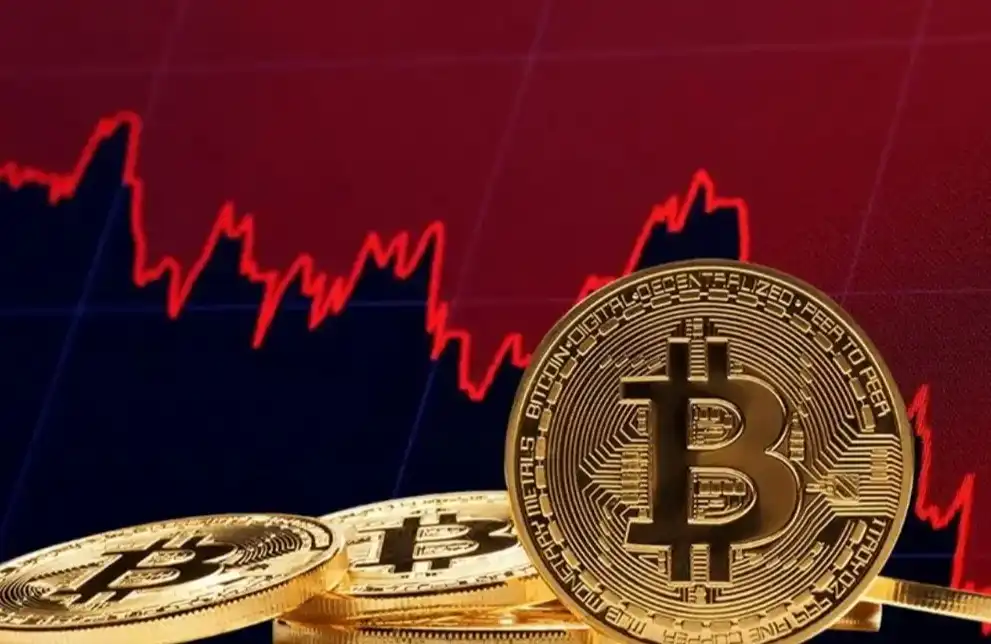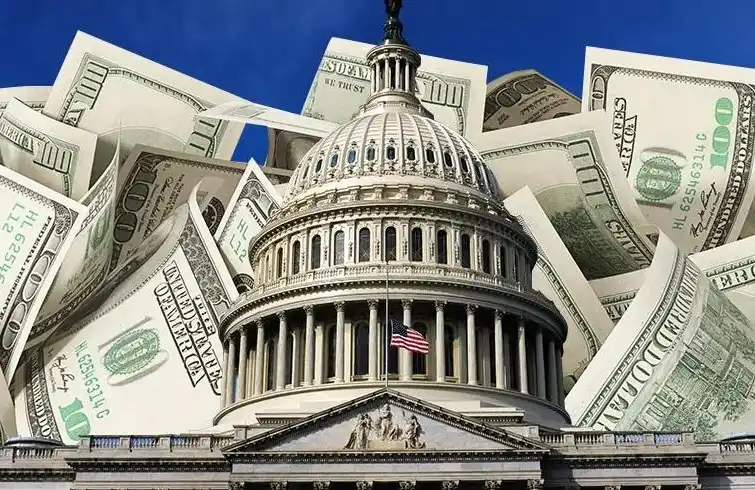NEAR Protocol halves inflation rate despite failing approval threshold
NEAR Protocol has implemented a network upgrade that halves its annual token inflation rate from 5% to roughly 2.4%, sparking debate over governance as the earlier community vote on the change failed to reach the required approval threshold.
- The upgrade reduces annual NEAR token issuance by nearly 60 million, lowers staking yields from ~9% to 4.5%, and aims to limit token dilution.
- The change requires validators controlling 80% of staked tokens to adopt the new protocol within 30 days for activation.
- NEAR CTO Bowen Wang emphasized that the earlier community vote was a signal, while validator approval at the consensus layer remains the binding governance mechanism.
NEAR Protocol ( NEAR ) has rolled out a major network upgrade that reduces its annual token inflation rate from around 5% to approximately 2.4%. The update, completed on October 30, is designed to slow the rate of new NEAR token issuance, cutting the annual minting by nearly 60 million tokens. The change aims to lessen token dilution, realign staking incentives, and lower staking yields from about 9% to 4.5%, assuming that roughly half of the circulating supply remains staked.
The upgrade took effect through NEAR’s standard protocol update mechanism, which requires validators controlling 80% of staked tokens to adopt the new version for it to be activated. Validators now have 30 days to opt in to the revised protocol.
NEAR Protocol inflation cut sparks debate over governance
The inflation reduction decision has stirred controversy because an earlier community vote on the same proposal failed to pass. The August 1 on-chain poll saw 89 validators —representing 45.06% of total votes—supporting the inflation reduction, falling short of the two-thirds majority required for formal approval. Nevertheless, the NEAR core development team proceeded to include the change in the network upgrade.
Responding to concerns, NEAR Protocol Chief Technology Officer Bowen Wang told The Defiant that the adjustment still depends on validator approval at the consensus layer.
“The upgrade requires a supermajority of 80% of the stake of block-producing validators to adopt it and will not be implemented unless that threshold is reached,” Wang stated. He added this process has governed all major network upgrades since NEAR’s mainnet launch .
Disclaimer: The content of this article solely reflects the author's opinion and does not represent the platform in any capacity. This article is not intended to serve as a reference for making investment decisions.
You may also like
Why does bitcoin only rise when the US government reopens?
Is the US government shutdown the main culprit behind the global financial market downturn?

Crypto "No Man's Land": Cycle Signals Have Emerged, But Most People Remain Unaware
If the crypto market of 2019 taught us anything, it's that boredom is often the prelude to a breakout.

Don't panic, the real main theme of the market is still liquidity.
Such pullbacks are not uncommon in a bull market; their purpose is to test your conviction.

Arthur Hayes Dissects Debt, Buybacks, and Money Printing: The Ultimate Cycle of Dollar Liquidity
If the Federal Reserve's balance sheet expands, it will be positive for US dollar liquidity, ultimately driving up the prices of bitcoin and other cryptocurrencies.

